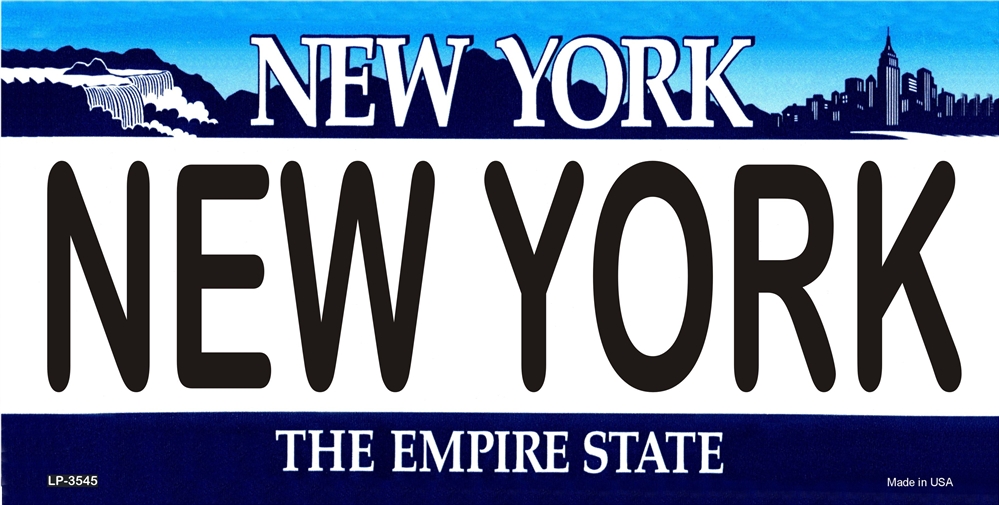
The path to licensure as a creative arts therapist includes requirements in education, examination, and experience. Following completion of the education requirement, the supervised experience component mandates a minimum of 1,500 clock hours, with at least 1,000 of those hours being comprised of direct client contact. Direct client contact includes: assessment; treatment; consultation with client outside of treatment setting, such as during team meetings; supervision of client(s) during community music therapy events, such as performing in a recital. Hours counted are clock hours only, i.e., if you run a group with 3 clients and the session lasts 1 hour, that counts as 1 hour of client contact, not 3. The remaining hours may include activities such as recordkeeping, case management, supervision, and professional development.
Permits are issued for a period of two years, with the possibility of requesting two, 1-year extensions. You may have more than one supervisor in more than one setting, but all supervisors must be approved by the Office of the Professions (OP) in the State Education Department and be employed by the setting. Any supervision received without prior approval – OR from a supervisor you hire privately – will not be accepted.
If your employment situation changes while working under a limited permit, you should contact the OP and ask them to “stop the clock.” You can re-start the clock upon your return to work.
If you are working under a Limited Permit, there are no titles or abbreviations identified in law for your use. If you wish, you may indicate that you “hold a Limited Permit in Creative Arts Therapy” or are a “Permit holder in Creative Arts Therapy,” but be certain that you do not imply that you are licensed to practice the profession.
If you have specific questions or areas of law that you would like us to address in future issues, please notify us at nystf@aol.com
